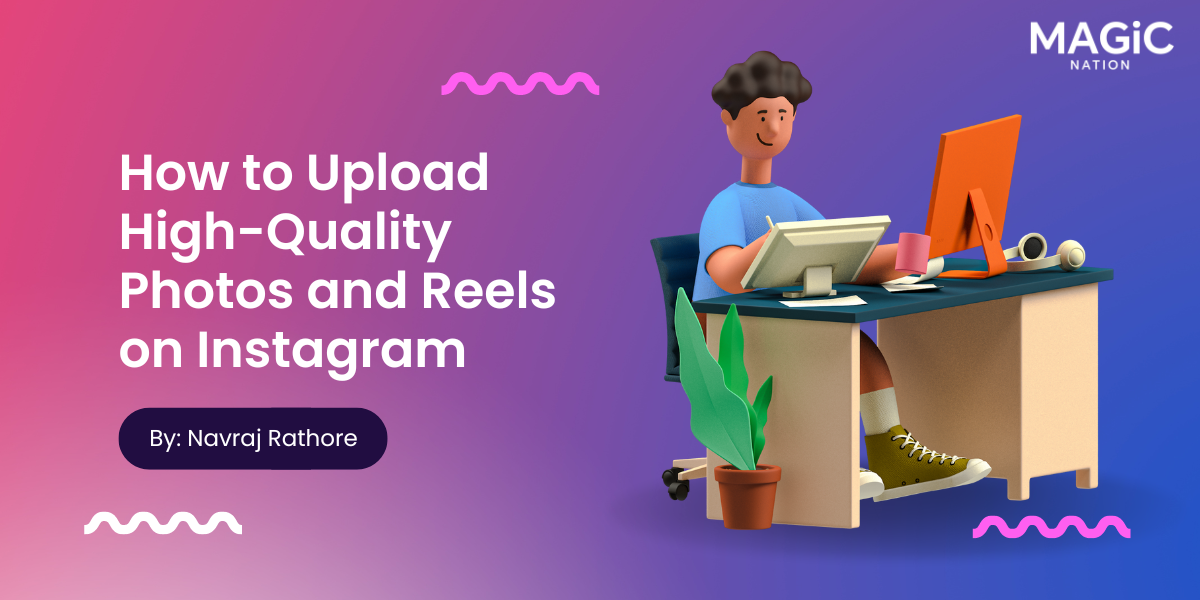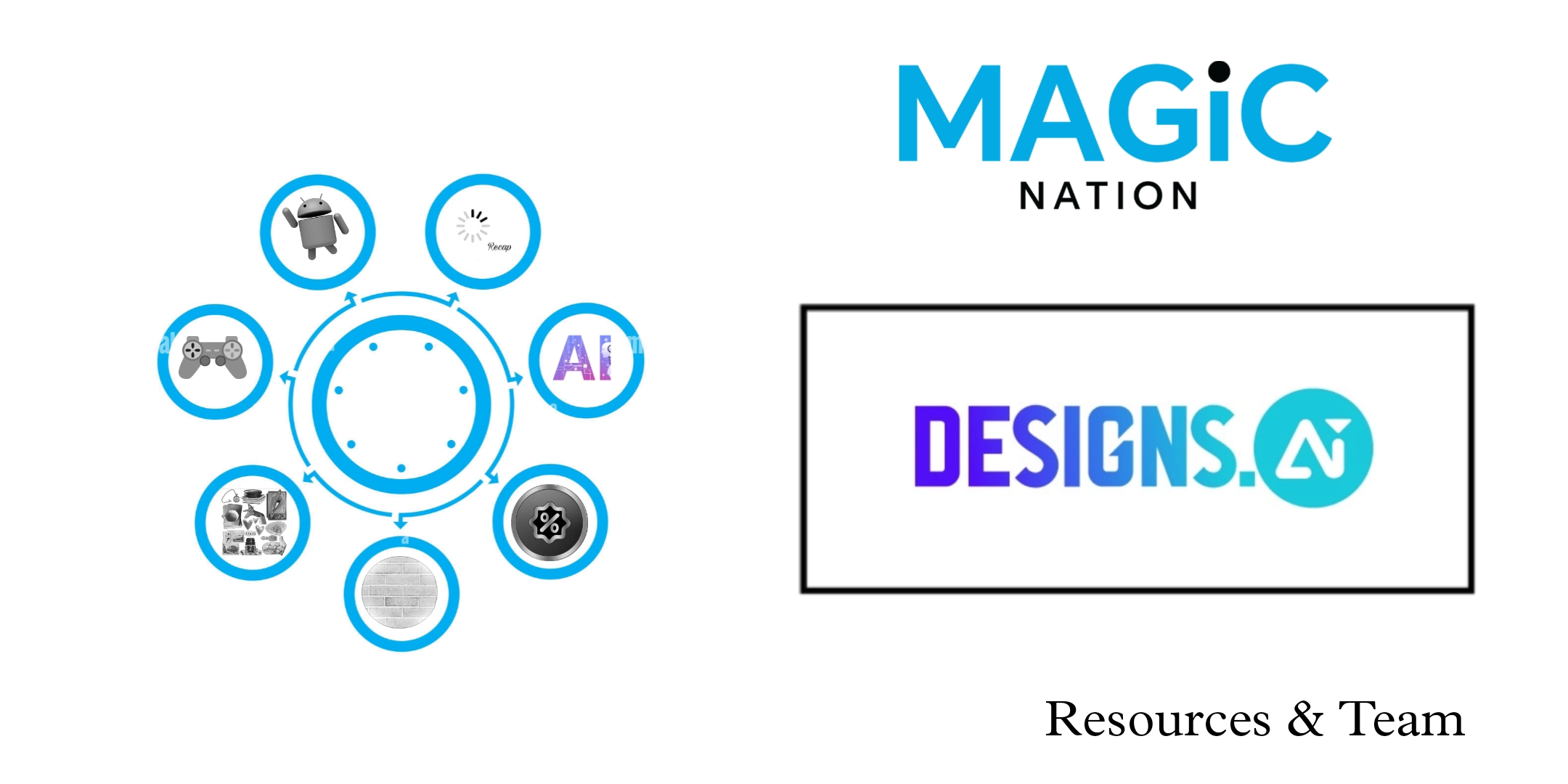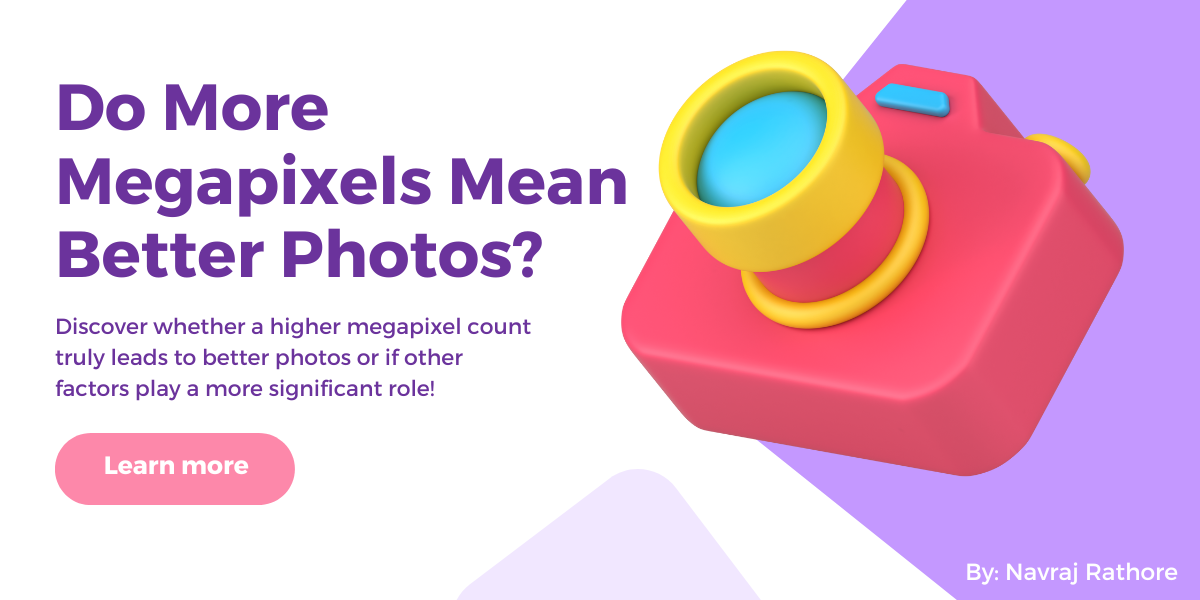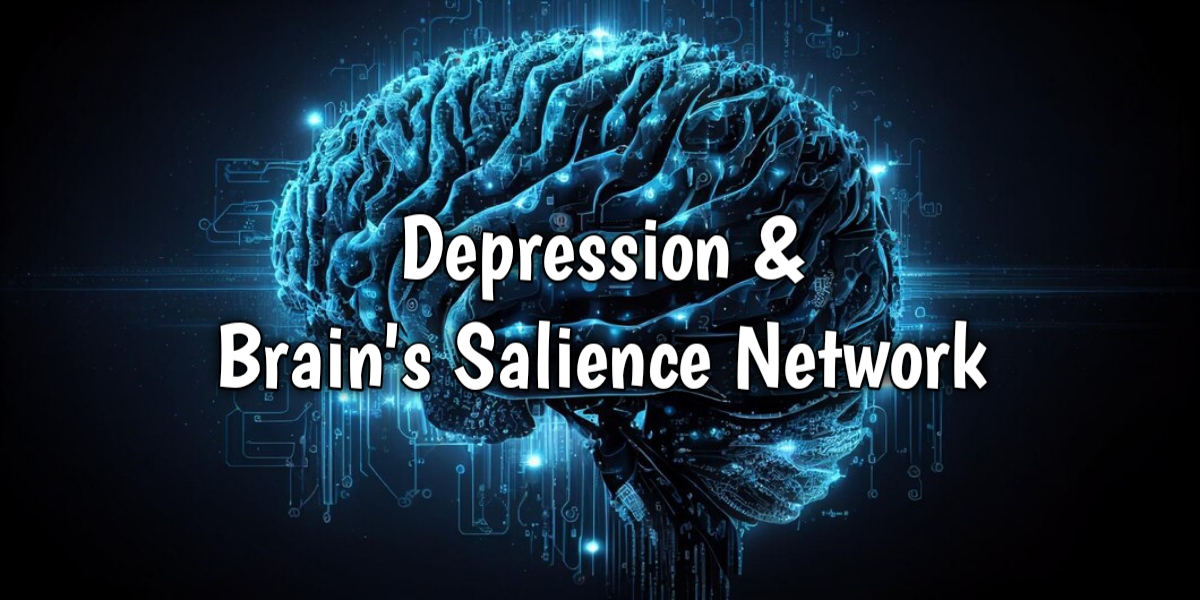Let's dive into the exciting world of language learning apps and discover the latest tools and trends that are revolutionizing how we master new languages.
1. Interactive Learning Platforms
Modern language learning apps like Duolingo, Babbel, and Rosetta Stone use interactive platforms that make learning fun and engaging. These apps offer a variety of exercises, from matching games to fill-in-the-blank sentences, helping learners practice in diverse ways.
2. AI-Powered Personalization
Artificial intelligence plays a significant role in personalizing the learning experience. Apps like Memrise and Busuu use AI to adapt lessons to your progress and preferences, ensuring you focus on areas where you need the most improvement.
3. Gamification Elements
Gamification is a powerful trend in language learning apps. Features like streaks, leaderboards, and rewards keep learners motivated and engaged. Duolingo, for instance, turns language learning into a game, making it addictive and enjoyable.
4. Immersive Learning Techniques
Immersive learning is another exciting trend. Apps like FluentU and Lingopie use real-world videos, such as movie clips, news, and music videos, to teach languages in context. This approach helps learners understand cultural nuances and practical usage.
5. Speech Recognition Technology
Improving pronunciation and speaking skills is crucial in language learning. Apps like Mondly and Babbel incorporate speech recognition technology to provide real-time feedback on your pronunciation, helping you speak more confidently and accurately.
6. Social and Community Features
Language learning is more effective when done with others. Apps like Tandem and HelloTalk connect learners with native speakers for language exchange, providing an authentic and social learning experience. These platforms create a global community of language enthusiasts.
7. Microlearning and Flexibility
Microlearning, or learning in small, manageable chunks, is becoming increasingly popular. Apps like Drops and Clozemaster focus on bite-sized lessons that fit into your busy schedule, making it easier to learn consistently.
8. Augmented Reality (AR) and Virtual Reality (VR)
AR and VR are pushing the boundaries of language learning. Apps like Mondly AR offer interactive and immersive experiences where learners can practice conversations in simulated real-world environments, enhancing their speaking and comprehension skills.
9. Focus on Practical Usage
Modern language learning apps emphasize practical usage over rote memorization. They focus on teaching phrases and vocabulary that are commonly used in daily conversations, making it easier for learners to apply their skills in real-life situations.
10. Continuous Updates and New Content
The best language learning apps continuously update their content and features. This ensures that learners have access to the latest tools, trends, and language updates, keeping the learning process fresh and relevant.
Conclusion
Language learning apps are constantly evolving, offering innovative tools and trends that make mastering a new language more accessible and enjoyable than ever. Whether you're a beginner or looking to polish your skills, these apps provide diverse methods to help you achieve fluency.
Additional Resources
For further exploration, check out these top language learning apps:
Happy learning, Explorers!
- Duolingo
- Babbel
- Rosetta Stone
- Memrise
- Busuu
- FluentU
- Lingopie
- Mondly
- Tandem
- HelloTalk
#LanguageLearning #TechTrends #MagicNation #LanguageApps














